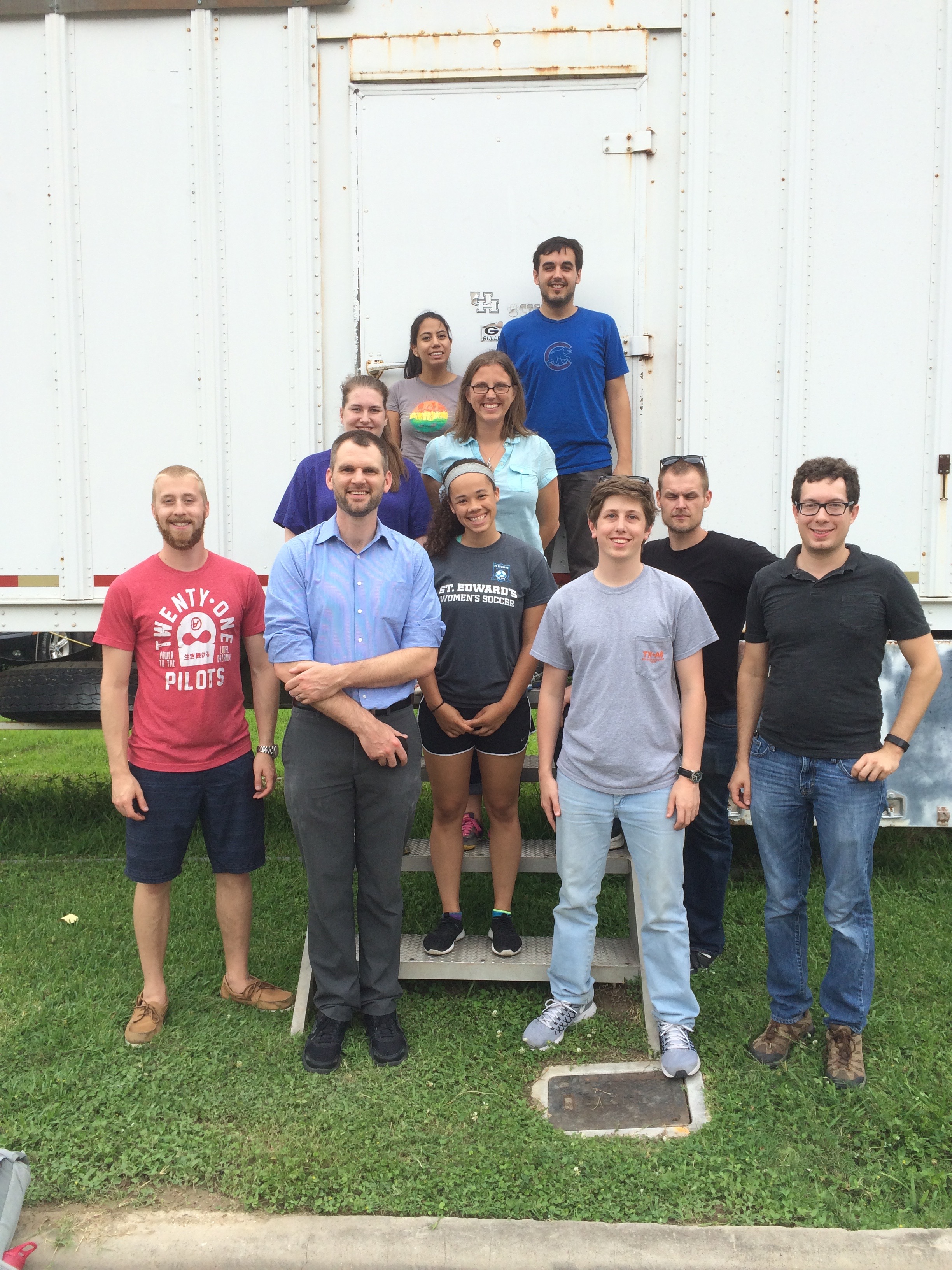The Tropospheric Ozone Pollution Project (TOPP) started in 2004 with a seed grant from the Shell Center for Sustainability at Rice University. TOPP uses weather balloons with special instruments to measure ozone, temperature, relative humidity, barometric pressure, latitude, longitude, altitude, wind speed, and wind direction all in an effort to understand ozone pollution.
More than 100 students have participated in the project over the years. While TOPP started in and is primarily focused on Houston, Texas, the project also runs a station in Idabel, Oklahoma (since 2010), and has orchestrated launches in Nacogdoches, Texas; Beaumont, Texas; College Station, Texas; Ft. Worth, Texas; Valparaiso, Indiana; Ft. Wayne, Indiana; Hastings, Michigan; Cumberland, Maryland, and University Park, Pennsylvania in the United States as well as Las Tables, Panama (NASA TC-4); San Jose, Costa Rica (NASA TICOSONDE), and Sapporo, Japan (Fulbright). The project is actively preparing to begin a program at St. Edward’s University in Austin, Texas during the Summer of 2016.
Each year, faculty and student participants gather at the ozonesonde laboratory at the University of Houston for a workshop during which they learn how to condition, calibrate, safely launch, and monitor the flight data from the ozonesonde instruments. This year’s group included 8 students from the University of Houston, 2 students from Southwester University, and 6 students from St. Edward’s University.
Thanks to Alex Kotsakis (University of Houston Ph.D. student) for taking the lead in many of the training exercises as well as preparing the laboratory for the many visitors during the workshop.
This project is currently funded by the Capital Area Council of Governments, the Texas Commission on Environmental Quality, and the Earth Science Division of NASA.


